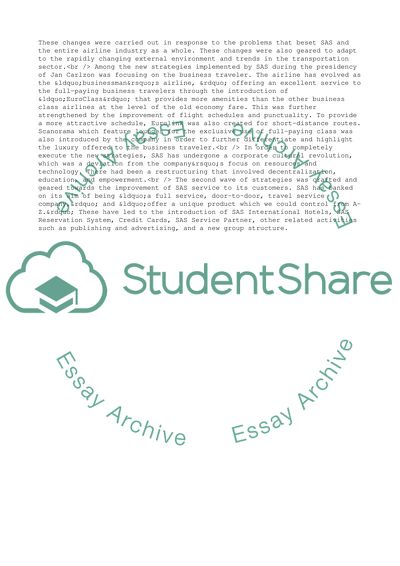Cite this document
(Scandinavian Airlines System 1998 Case Study Example | Topics and Well Written Essays - 3000 words, n.d.)
Scandinavian Airlines System 1998 Case Study Example | Topics and Well Written Essays - 3000 words. https://studentshare.org/business/1702897-case-stduy-of-scandinavian-airlines-system-sas-in-1988
Scandinavian Airlines System 1998 Case Study Example | Topics and Well Written Essays - 3000 words. https://studentshare.org/business/1702897-case-stduy-of-scandinavian-airlines-system-sas-in-1988
(Scandinavian Airlines System 1998 Case Study Example | Topics and Well Written Essays - 3000 Words)
Scandinavian Airlines System 1998 Case Study Example | Topics and Well Written Essays - 3000 Words. https://studentshare.org/business/1702897-case-stduy-of-scandinavian-airlines-system-sas-in-1988.
Scandinavian Airlines System 1998 Case Study Example | Topics and Well Written Essays - 3000 Words. https://studentshare.org/business/1702897-case-stduy-of-scandinavian-airlines-system-sas-in-1988.
“Scandinavian Airlines System 1998 Case Study Example | Topics and Well Written Essays - 3000 Words”. https://studentshare.org/business/1702897-case-stduy-of-scandinavian-airlines-system-sas-in-1988.


